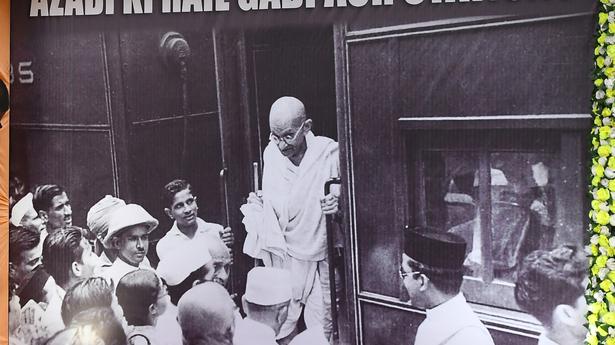
Andhra Pradesh: Tracing the history of the freedom struggle in Vizagapatam
The Hindu
The earliest dated revolt was in 1780 when local sepoys shot down two British officers
The ‘City of Destiny’, as Visakhapatnam is called, can look back with pride on its role in the freedom struggle against the British.
The earliest part of the recorded struggle dates back to October 3, 1780, when local sepoys revolted against their colonial masters. The rebellion was led by Shaik Mohammed Khan, a subedar in the Grenadiers Regiment. Two British officers Kingsford Venner and Robert Rutherford were killed and a couple of others were injured.
Though the rebellion was suppressed in no time, it left the East India Company pondering and it took time for them to realise that the first sepoy rebellion that took place in Visakhapatnam would become the harbinger for the Meerut Sepoy Mutiny of 1857, which is known as the First War of Independence, and the Vellore mutiny of 1806 and the Barrackpore one of 1824.
If 1780, was the earliest protest against British rule, 1906 was the turning point in the struggle with the residents of the town responding spontaneously to the Vande Mataram movement.
The movement gained momentum with the Vizagapatam Conference that was chaired by Bipin Chandra Pal and N.S. Ramaswamy. The meetings were held at Town Hall and at the open beach opposite Town Hall, where the VCTPL (Visakha Container Terminal Private Limited) stands today. Bhupathiraju Venkatapathi Raju, who presided over the Provincial Conference in Madras in 1906, had played a stellar role in the movement.
This was immediately followed by Marepalli Ramachandra Sastry, a Gandhian, starting the Swadeshi Shop, in direct defiance of the use of British goods.
The fillip to the Swadeshi movement was given by Bhupathiraju and Prabhala Lakshminarasimham who organised the Provincial Conference in the city in 1916.













